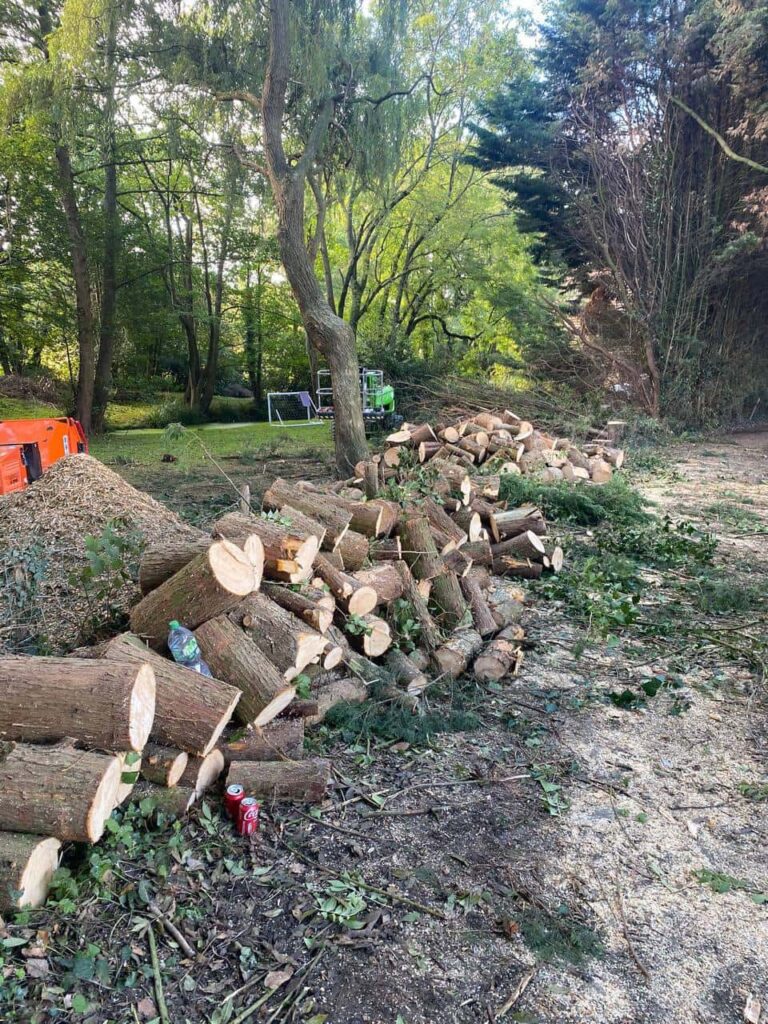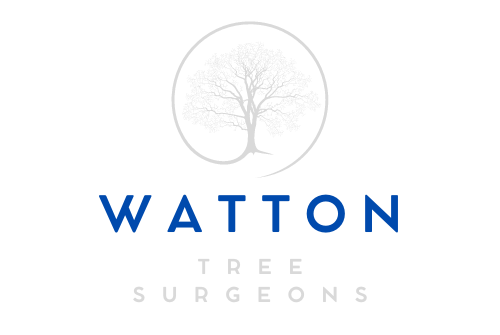Dead Wood Removal: A Vital Step in Fire Prevention for Forest Management
Forests are breathtakingly beautiful and crucial for our ecosystem’s health. However, as the world grapples with the increasing threat of wildfires, it becomes imperative to understand the role dead wood plays in fueling these catastrophic events. At Watton Tree Surgeons, we recognise the significance of dead wood removal as a vital step in fire prevention for forest management. In this blog post, we’ll explore the connection between dead wood and the risk of wildfires in forested areas, emphasising the importance of proactive measures to protect our precious natural resources.
- The Role of Dead Wood in Wildfires Deadwood, also known as woody debris, refers to fallen trees, branches, and decaying plant matter found on the forest floor. While it is an essential component of forest ecosystems, excessive accumulation can present a severe fire hazard. Deadwood acts as “fuel” for wildfires, providing ample dry and combustible material that ignites easily and spreads rapidly. Once a wildfire takes hold, it can quickly escalate, endangering wildlife, habitats, and human communities.
- Understanding Fire Behavior in Forested Areas In forested environments, wildfires can spread rapidly due to abundant flammable materials like dead wood, dry leaves, and undergrowth. Even a small spark can trigger a devastating fire that can consume vast areas during hot and dry conditions. Wind direction, slope, and terrain also influence fire behaviour, making it challenging for firefighters to control the blaze once it gains momentum.
- Dead Wood Removal as a Fire Prevention Strategy To mitigate the risk of wildfires, forest management practices often include dead wood removal as a proactive fire prevention strategy. Regularly clearing dead wood from forested areas reduces the potential fuel available to wildfires, making it more challenging for them to spread and intensify. Controlled burns, prescribed fires, and mechanical removal are some methods employed to reduce dead wood accumulation and create firebreaks.
- Promoting Healthy Forest Ecosystems Beyond fire prevention, dead wood removal contributes to the overall health of forest ecosystems. By clearing out dead and decaying material, the forest floor becomes more open, allowing sunlight to reach the forest understory and encouraging the growth of new plants and saplings. This process also benefits wildlife by creating diverse habitats and providing access to food sources.
- Collaborative Efforts for Fire Prevention is a collaborative effort that involves cooperation between forest management agencies, tree surgeons, local communities, and the public. Raising awareness about the importance of deadwood removal and responsible forest management is essential to protect our forests and prevent catastrophic wildfires.
At Watton Tree Surgeons, we are committed to supporting fire prevention efforts through responsible deadwood removal practices. Our team of experienced professionals understands the delicate balance between preserving the ecological importance of dead wood and mitigating the risk of wildfires. Together, we can protect our natural resources and ensure a safer, healthier future for our forests and communities.
Call us on 01953 667 637 or click here to complete our contact form and see how we can help with your tree’s needs.

